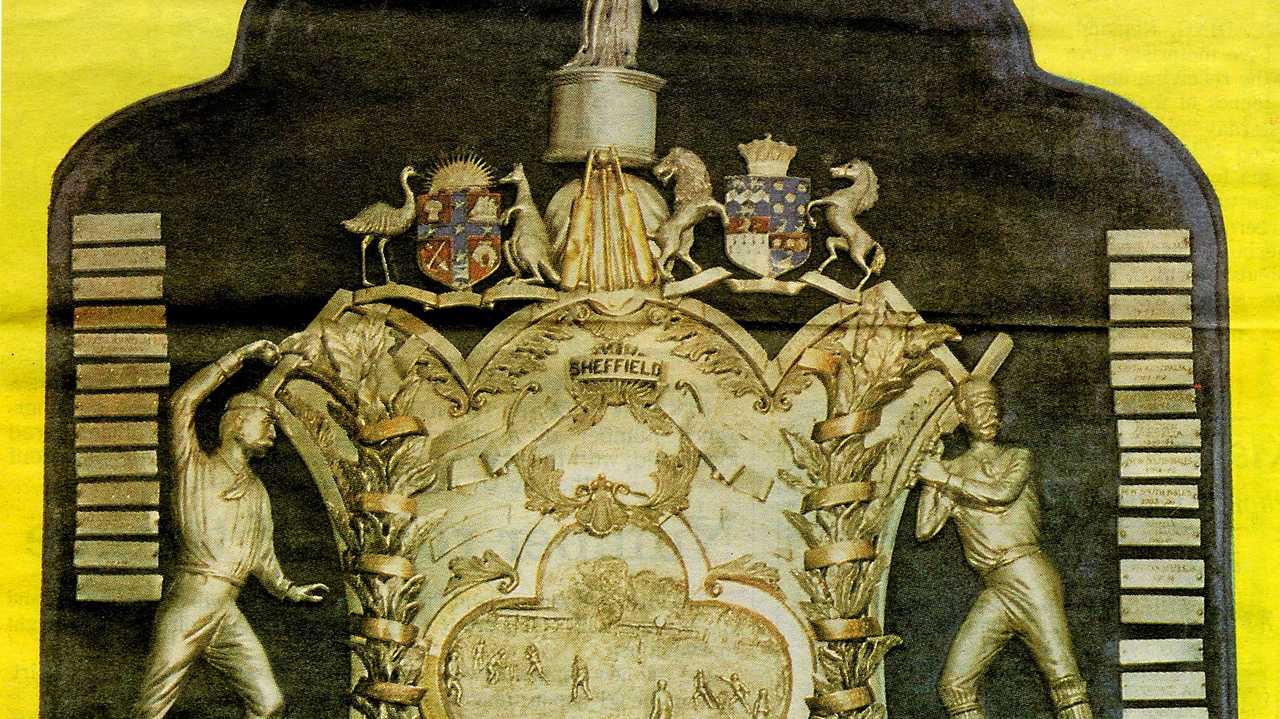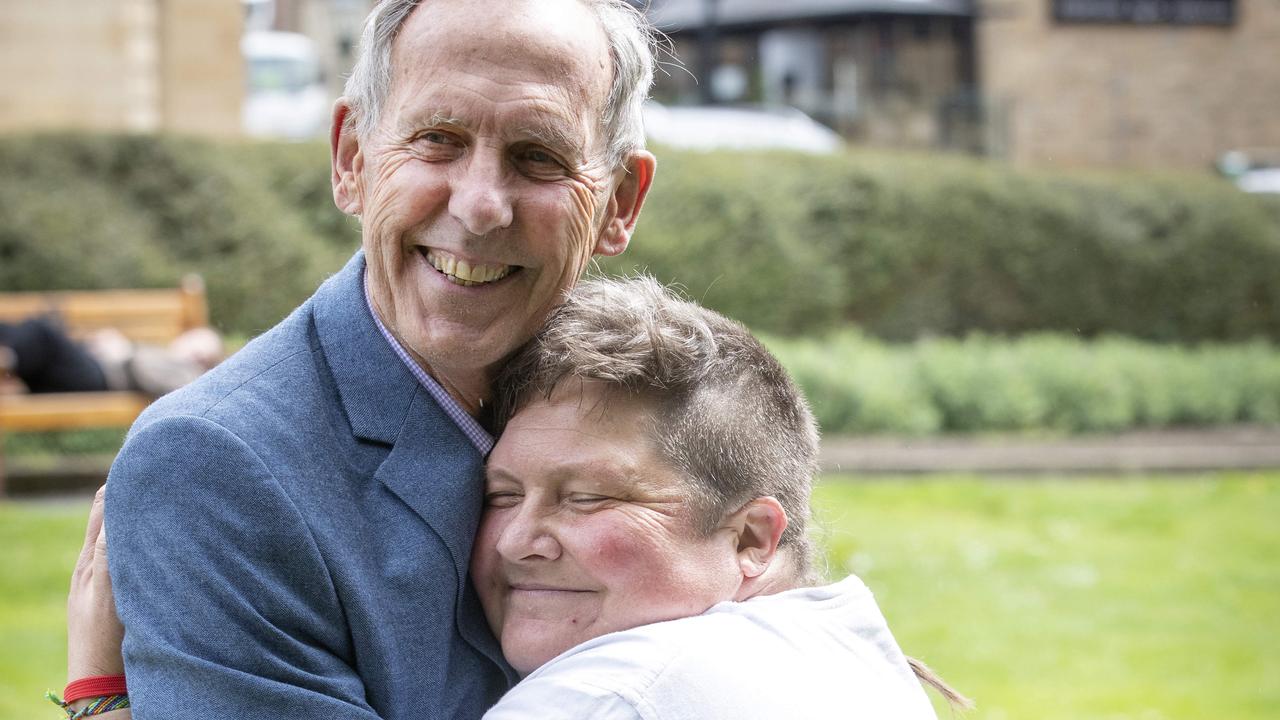Shield celebrates cricket passion
This article regarding the Sheffield Shield design was printed in the Queensland Times of May 24, 1894.
Opinion
Don't miss out on the headlines from Opinion. Followed categories will be added to My News.
IN THE early days of Limestone/Ipswich's history, what is now known as West Ipswich had been named "Little Ipswich".
This poem was written about Ipswich: "Ipswich is a funny place - the like was never seen. There was Ipswich North and Ipswich South, while the Bremer flows between."
Ipswich was, for many years, a provider of goods to the "Far West".
It was in its vicinity the first settlement - namely on the opposite side of the One Mile Creek on the old Toowoomba Rd - was made, after Moreton Bay was proclaimed open to free settlers in March 1842.
The first settler in the area was Donald Campbell, who made his first home there and commenced business as a blacksmith, a most necessary occupation considering the bullock dray traffic that travelled between Ipswich and the Condamine.
Then in 1843, Dr W.T. Dorsey established the first hospital in the Ipswich district on a site near the old pound yard at Little Ipswich.
The first man to build a weatherboard cottage (Dr Dorsey's hospital was only a "hut") was James England who had shipped the framework of the cottage from South Brisbane in punts to the head of navigation.
On some of the Little Ipswich land, cotton came under cultivation in the 1860s. This was grown more extensively in later years.
Something like 14,000 acres was recorded as being planted in this state and the crop was worth 80,000 pounds.
Among other settlers in that area were Messrs Germain, Aberdeen, Farquhar, Peacock, Smith, Holmes, Hoare, Reddy, Dowling, Gibson, Connor, Ogilvie, Harris, McLeod, Hasenkamp, Roderick, Mclean, Behan, Bradfield, Fitzgerald, Johnstone, Ashe, Ferguson, and Gutstav Rudolph Weise.
The schoolmaster in those days was Thomas Fraser and the national school which later formed part of the West Ipswich Girls State School was built in 1861, builder for which was Donald Bethune.
Little Ipswich in the old bullock-dray period had four hotels - the One Mile, Bull's Head, sportsman Arms and Sovereign.

SHEFFIELD SHIELD
This article regarding the Sheffield Shield design was printed in the Queensland Times of May 24, 1894.
"The Sheffield Shield for which the design submitted by P. Blashki and Sons, jewellers Bourke St, Melbourne, was accepted by the Australian Cricket Council has been completed.
"Cricketers will find the design does not give enough idea of the beauty of the completed trophy.
"Some slight departures from the original design have been made.
"The intention was it should be surmounted by a bust of the donor Lord Sheffield, but a good portrait could not be obtained, and a very handsome statue of Victory has been substituted.
"The figures of a bowler and batsman on either side have been artistically modelled, the pose in each case being natural and are in solid silver which alone weigh 45oz.
"The gold work such as the bats and wickets at the top is all thrown into strong relief by silver backing.
"The enamelling of the coat of arms which are of those of Lord Sheffield and Australasia are particularly artistic."
Originally published as Shield celebrates cricket passion






